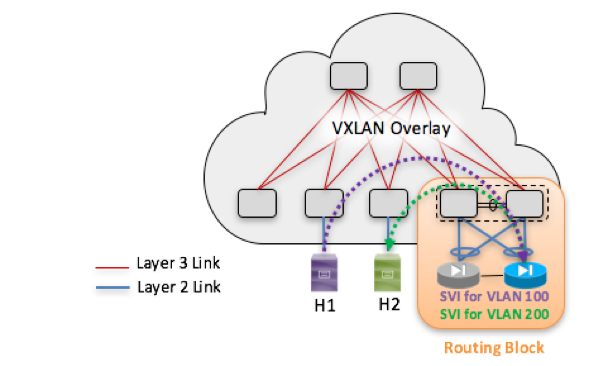36 – VXLAN EVPN Multi-Fabrics – Path Optimisation (part 5)
Ingress/Egress Traffic Path Optimization
In the VXLAN Multi-fabric design discussed in this post, each data center normally represents a separate BGP autonomous system (AS) and is assigned a unique BGP autonomous system number (ASN).
Three types of BGP peering are usually established as part of the VXLAN Multi-fabric solution:
- MP internal BGP (MP-iBGP) EVPN peering sessions are established in each VXLAN EVPN fabric between all the deployed leaf nodes. As previously discussed, EVPN is the intrafabric control plane used to exchange reachability information for all the endpoints connected to the fabric and for external destinations.
- Layer 3 peering sessions are established between the border nodes of separate fabrics to exchange IP reachability information (host routes) for the endpoints connected to the different VXLAN fabrics and the IP subnets that are not stretched (east-west communication). Often, a dedicated Layer 3 DCI network connection is used for this purpose. In a multitenant VXLAN fabric deployment, a separate Layer 3 logical connection is required for each VRF instance defined in the fabric (VRF-Lite model). Although either eBGP or IGP routing protocols can be used to establish interfabric Layer 3 connectivity, the eBGP scenario is the most common and is the one discussed in Continue reading




 DANZ addresses customer's concerns for more security.
DANZ addresses customer's concerns for more security.